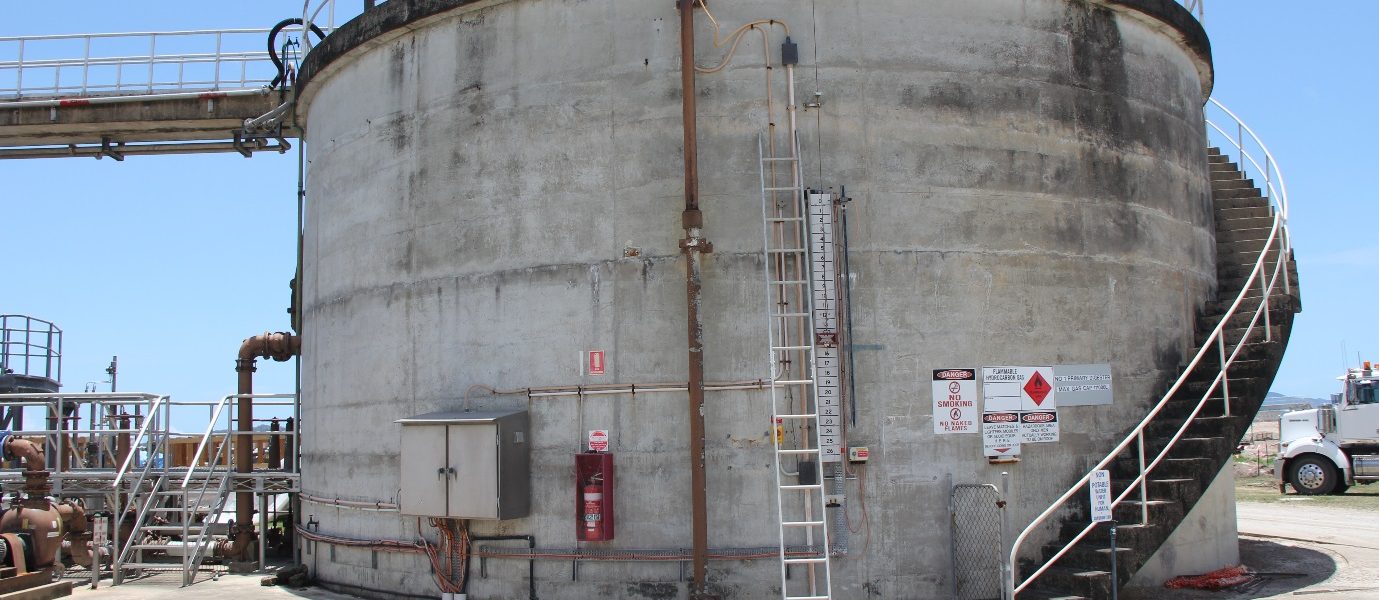Roar Solutions Can Be Fun For Everyone
Roar Solutions Can Be Fun For Everyone
Blog Article
Roar Solutions - The Facts
Table of ContentsFascination About Roar SolutionsFascination About Roar SolutionsThe Best Guide To Roar Solutions
In such an environment a fire or explosion is possible when three basic conditions are fulfilled. This is frequently described as the "hazardous area" or "combustion" triangle. In order to safeguard setups from a possible surge an approach of evaluating and categorizing a possibly dangerous area is required. The function of this is to guarantee the right option and installment of devices to eventually avoid an explosion and to make sure safety of life.
(https://www.brownbook.net/business/53579326/roar-solutions/)
No equipment must be set up where the surface area temperature level of the equipment is higher than the ignition temperature level of the provided hazard. Below are some common dust dangerous and their minimum ignition temperature. Coal Dust 380C 225C Polythene 420C (melts) Methyl Cellulose 420C 320C Starch 460C 435C Flour 490C 340C Sugar 490C 460C Grain Dust 510C 300C Phenolic Material 530C > 450C Aluminium 590C > 450C PVC 700C > 450C Soot 810C 570C The likelihood of the danger existing in a concentration high sufficient to create an ignition will certainly differ from area to place.
In order to identify this threat an installation is split right into locations of risk relying on the amount of time the hazardous exists. These locations are described as Zones. For gases and vapours and dusts and fibres there are three zones. Area 0 Zone 20 A hazardous atmosphere is very likely to be present and might be existing for lengthy periods of time (> 1000 hours each year) and even constantly Area 1 Zone 21 A harmful ambience is possible yet not likely to be existing for long durations of time (> 10 450 C [842 F] A category of T6 means the minimal ignition temperature is > 85 C [185 F] Unsafe location electric equipment maybe made for use in greater ambient temperature levels. This would suggested on the ranking plate e.g. EExe II C T3 Ta + 60C( This implies at 60C ambient T3 will not be gone beyond) T1 T1, T2, T3, T4, T5, T6 T2 T2, T3, T4, T5, T6 T3 T3, T4, T5, T6 T4 T4, T5, T6 T5 T5, T6 T6 T6 A T Class ranking of T1 implies the maximum surface temperature created by the instrument at 40 C is 450 C. Assuming the linked T Class and Temperature rating for the devices are suitable for the location, you can constantly use a tool with a much more stringent Department score than needed for the location. There isn't a clear solution to this concern sadly. It truly does depend upon the kind of devices and what repairs need to be brought out. Tools with particular test treatments that can not be executed in the area in order to achieve/maintain 3rd party rating. Should return to the manufacturing facility if it is prior to the tools's service. Field Repair Work By Authorised Personnel: Challenging screening may not be called for however specific procedures might need to be followed in order for the equipment to navigate to these guys preserve its 3rd celebration ranking. Authorised employees should be used to do the work correctly Repair service should be a like for like substitute. New part have to be considered as a direct substitute needing no unique screening of the devices after the repair work is total. Each item of devices with a dangerous score ought to be reviewed separately. These are detailed at a high level listed below, but for even more in-depth details, please refer directly to the standards.
Things about Roar Solutions
The devices register is a comprehensive database of equipment documents that consists of a minimum set of areas to recognize each item's location, technological specifications, Ex lover category, age, and environmental data. The ratio of In-depth to Shut assessments will certainly be identified by the Devices Danger, which is examined based on ignition threat (the possibility of a source of ignition versus the likelihood of a flammable environment )and the dangerous area classification
( Zone 0Area 1, or 2). Applying a durable Risk-Based Evaluation( RBI )approach is essential for ensuring conformity and safety and security in taking care of Electrical Tools in Hazardous Locations( EEHA).
The smart Trick of Roar Solutions That Nobody is Talking About

In regards to eruptive risk, a dangerous area is a setting in which an explosive ambience exists (or might be expected to be present) in amounts that need special preventative measures for the building, setup and use equipment. eeha courses. In this write-up we explore the difficulties dealt with in the workplace, the threat control measures, and the called for expertises to function safely
These substances can, in particular conditions, form eruptive ambiences and these can have significant and terrible repercussions. Many of us are acquainted with the fire triangular get rid of any type of one of the 3 aspects and the fire can not take place, yet what does this mean in the context of hazardous locations?
In most circumstances, we can do little regarding the degrees of oxygen in the air, yet we can have significant influence on resources of ignition, for instance electric equipment. Hazardous locations are documented on the harmful location classification drawing and are determined on-site by the triangular "EX-SPOUSE" indication. Right here, among other key details, areas are split right into 3 kinds depending upon the danger, the possibility and duration that an explosive ambience will certainly exist; Area 0 or 20 is regarded the most harmful and Area 2 or 22 is regarded the least.
Report this page